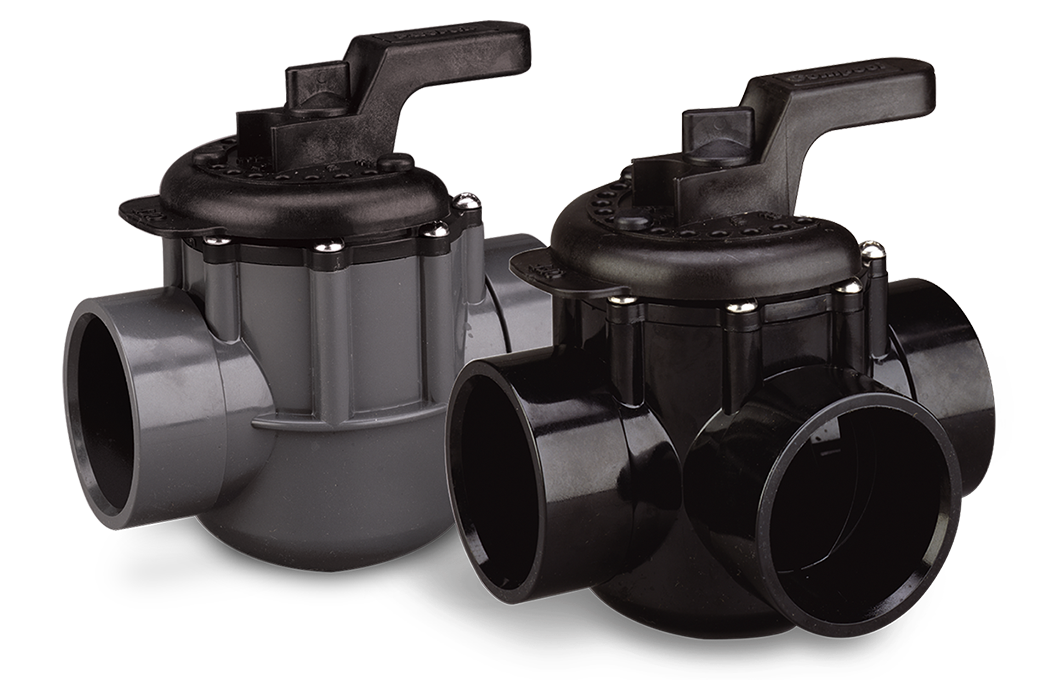My plumbing installed for a future glacier chiller matches what you are planning and matches the glacier manual for a new installation. However another TFP’er messaged me that when he checked with glacier they told him of a limitation for this configuration. The return can only be about 25’ long since it only uses a sump pump to empty water at the bottom of the chiller. I’d suggest confirming with glacier asap. I can reconfigure my plumbing at the pad fairly easily if I need to change it around to dump the chiller output into the suction side of the pump. Hard to believe they don’t state this in the manual.
That's interesting... I contacted Glacier this morning and they would not provide a maximum recommended distance from the chiller to the pool. They just said shorter is better. I did tell Glacier my pool is about 50 feet from my equipment pad, and they didn't tell me it wouldn't work. I guess we'll see.


















